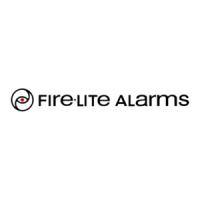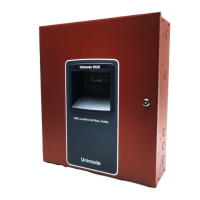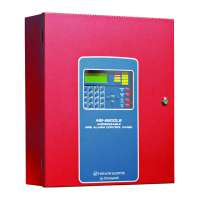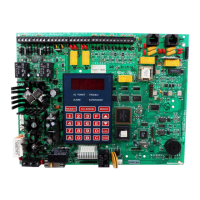Do you have a question about the Fire-Lite Alarms ES-200XC and is the answer not in the manual?
Emphasizes disconnecting all power sources before servicing to prevent damage.
Lists the main features and available optional modules for the ES-200X panel.
Details the technical specifications of the ES-200X panel, including power and circuit requirements.
Provides instructions on how to mount the FACP backbox to a wall.
Covers AC power and earth ground connections, and battery power requirements.
Explains the configuration and wiring for Class B and Class A Notification Appliance Circuits.
Details how the ES-200X is field programmable without special software skills.
Explains the two factory-set programming passwords and how to change them.
Explains how to configure zones, including enabling, disabling, and types.
Details how to configure settings for pre-installed IPOTS-COM and optional cellular communicators.
Outlines how to access the Master Program Level for system configuration.
Provides guidance on operating the ES-200X Fire Alarm Control Panel.
Describes the autoprogramming feature for quickly bringing SLC devices online.
Describes how to configure various system features like function keys, banner, and timers.
Provides instructions for changing the system passwords for security.
Describes the functions of the panel control buttons like Acknowledge, Silence, and Reset.
Details how to add, delete, or change programming for addressable devices.
Details how the system operates and what is displayed when a trouble condition occurs.
Covers configuring and managing central station communication via POTS lines.
Explains the system's behavior and display during an alarm condition.
Explains how to calculate the required AC branch circuit current.
Details how to calculate the system current load for both AC and battery power.
Guides the calculation of total standby and alarm load to determine battery size.
Provides emergency procedures for responding to audible alarms.
Outlines procedures for responding to trouble, supervisory, and emergency alarm conditions.
Warns that unresolved trouble conditions compromise system protection.
| Brand | Fire-Lite Alarms |
|---|---|
| Model | ES-200XC |
| Category | Control Panel |
| Language | English |








